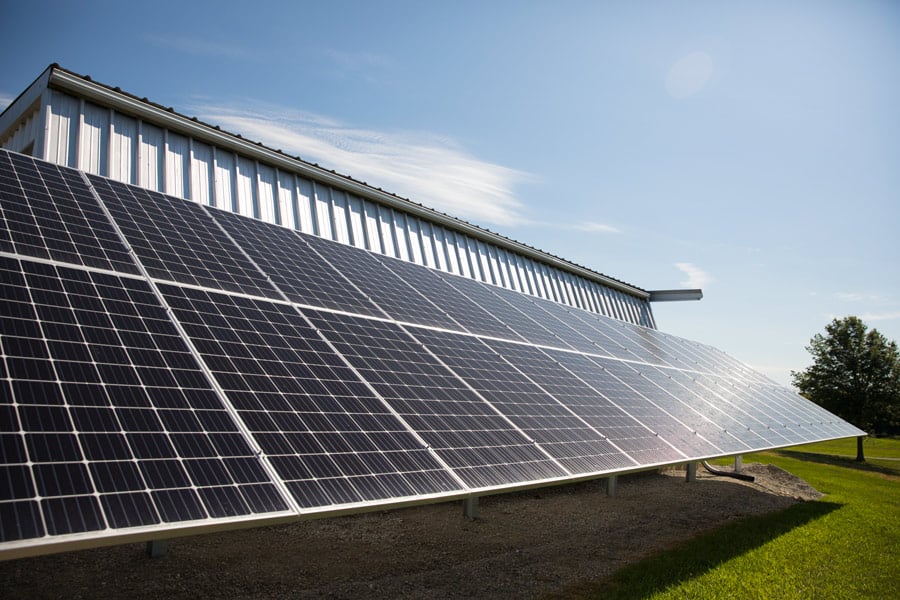Heating and cooling is an energy hog. It accounts for 50% of the energy used in homes, which makes it the largest expense for your home. The average cost of running a household is $2,060 per year, which means $1,030 goes toward keeping your home at a comfortable temperature. And when asked, 71 percent of homeowners said they want to be more energy efficient. So, why not reduce monthly utility costs while also improving and sustaining the environment for years to come by combining geothermal heating, cooling, and hot water systems with solar panels?
Take These Steps to Incorporate Geothermal and Solar Into Your Home Correctly:
Insulate Right and Get Air Tight
An energy-efficient home with a tight thermal envelope will ensure the highest quality performance, comfort, and efficiencies for geothermal systems and solar. One of the most important steps is making sure you have the right type of insulation, which is measured using R-value. The R-value is the rating for the insulation's thermal resistance. We recommend using foam and cellulose insulation to achieve a high R-value that minimizes air infiltration. Recommended R-values vary depending on where you live. Check out energy.gov to see what's recommended in your area. In addition to properly insulating, you'll need to make the home airtight. There are different sealant options to prevent air leaks around your home. We suggest using spray foam, caulk, or weather stripping (depending on what structure you're sealing) for windows, walls, fireplaces, etc. Making the home airtight and investing in the right insulation is the first step in creating the perfect environment for high efficiencies and optimum performance for home heating and cooling.
Install Your Geothermal System
Since you've insulated correctly and made your home airtight, the size of the geothermal system needed to heat and cool your home will be smaller. Since geothermal systems use solar energy to heat and cool, they require less electricity to operate, which lowers your energy usage, saving you more money in the end and ultimately giving you the ability to make your home net zero, or close to it. Your geothermal system will move up to for four free units of heating or cooling for every one unit of electricity used. In fact, geothermal drops the peak electric demand in summer months by at least 30 percent, allowing for more of the national base load to be generated by renewable energies. Installing a geothermal system before PV solar will lower the energy demand in your home, which reduces the number of panels needed or creates a bigger budget to help power other parts of your home.
Size Your Solar System
As a result, you have a home that's well-insulated and airtight and you've dropped the electrical demand with a geothermal system, sizing the PV solar system is now easier and will require less panels overall. To save on additional installation costs, make sure to check if your local utility provider offers any net metering incentives, and if your state qualifies for additional incentives. When installing PV solar, there are many things to consider. Where will your solar array be located? Do you have enough roof space available? Is a ground mount an option (if there is limited roof space)? Where is the least shaded spot on your roof or ground that will give optimal direct sunlight? Being aware of these questions will help you achieve 100% solar coverage and $0 a month utility bills…saving money, rewarding renewable investments, and helping improve comfort in your home (or building).
Paring geothermal and solar – in the right order – can bring you and your family massive cost-savings and rewarding benefits, so don't hesitate to invest in both technologies.




